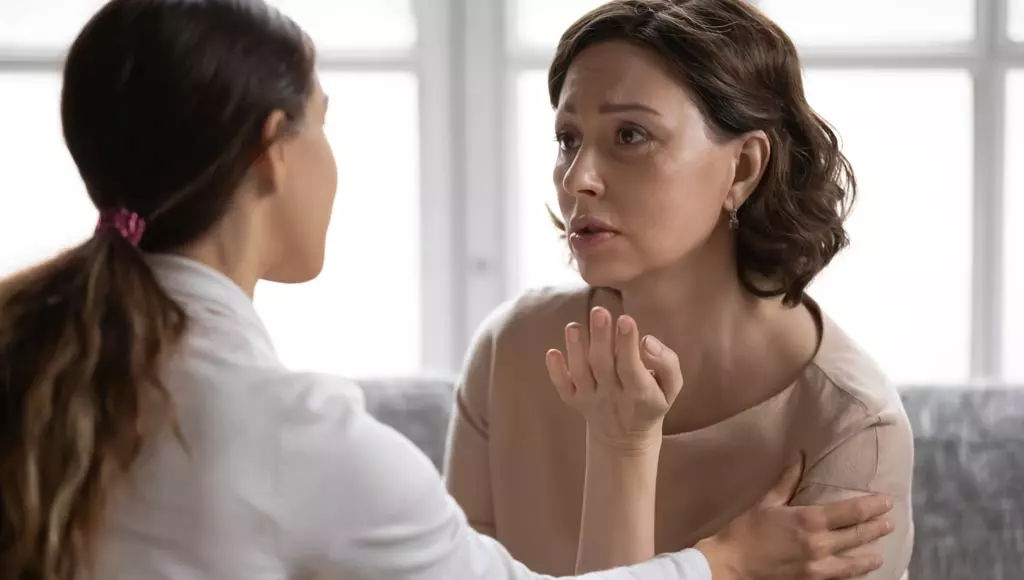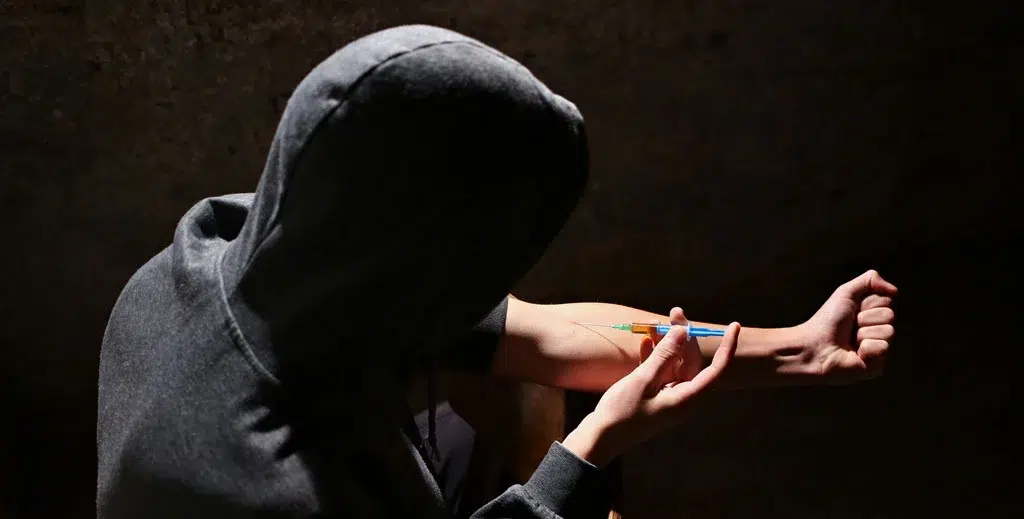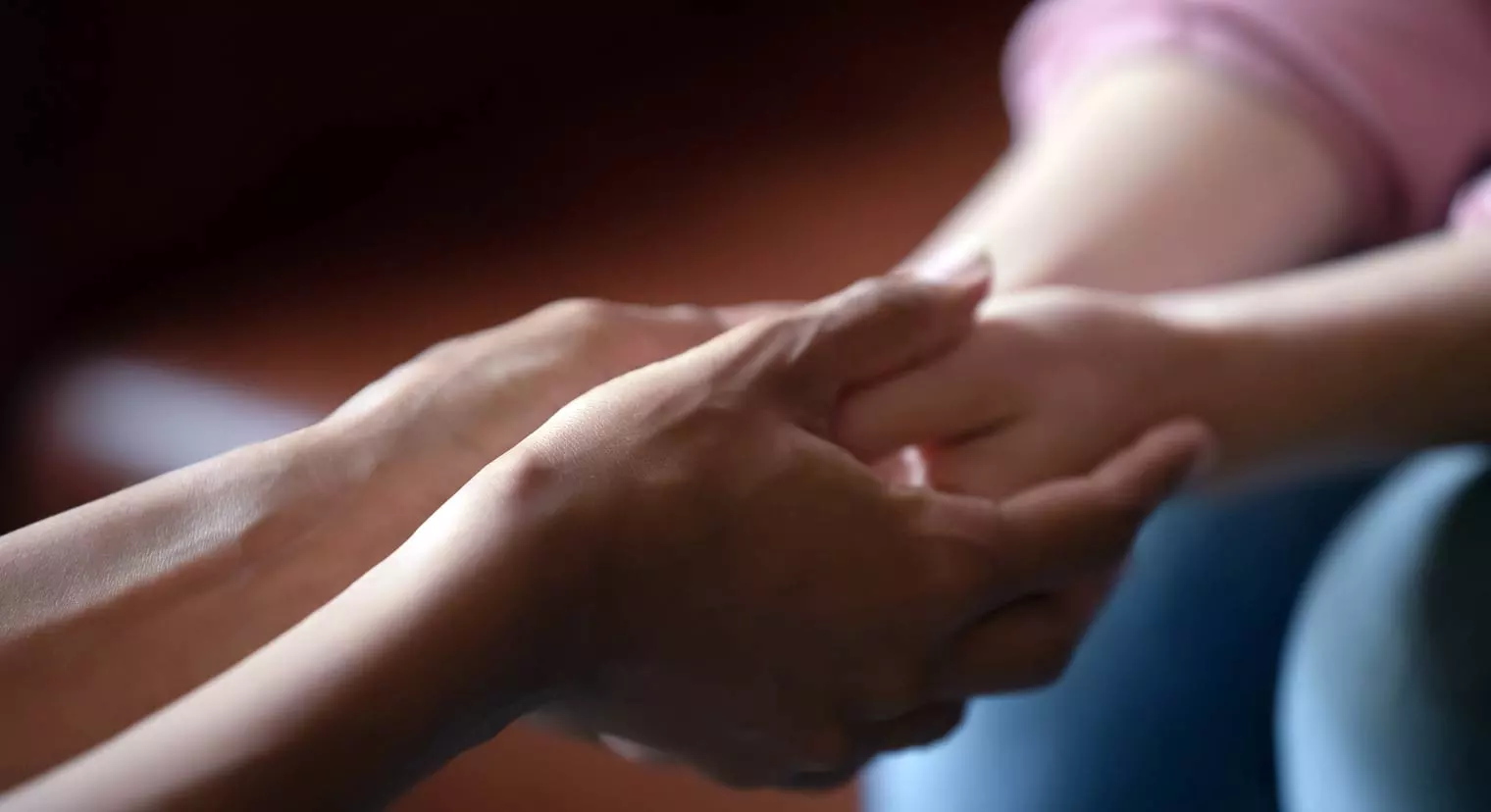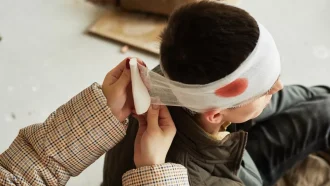
7 Stages of Trauma Bonding
What is trauma bonding?
Table of Contents
Trauma bonding is the development of an intense emotional connection between two people, often in the context of a traumatic or stressful situation. Such a bond can be incredibly strong. It can lead people to stay in a toxic relationship that is quite harmful to them. Knowing the 7 stages of trauma bonding can help you identify if you are suffering and how to get the right forms of help.
Trauma bonding often happens in people who have had early childhoods that have been fraught with conflict and neglect. It is theorized that people who have had childhoods like this recreate these stressful situations, as conflict has become familiar and feels “comfortable” to them.
Keep reading to find out more about effective treatment for a toxic relationship and the trauma it can cause, and how Emerald Isle can help!
How do trauma bonds begin?
There are many different factors that contribute to the formation of a trauma bond. Sometimes, it may be that one person is simply extremely needy and the other feels obligated to provide support. In other cases, there may be an imbalance of power in the relationship that leaves one person feeling particularly vulnerable.
Regardless of the specific circumstances, trauma bonding typically occurs in seven distinct stages. Understanding the stages of trauma bonds can be helpful in terms of recognizing when a bond is forming and taking steps to protect yourself from its effects.
Free Mental Health Assessment – Call Now!
Stage One of 7 stages of trauma bonding: The trauma occurs
The first stage of a trauma bond is, unsurprisingly, the trauma itself. This can be anything from physical or emotional abuse to betrayal or neglect. It’s important to note that the trauma doesn’t have to be major – even small, everyday occurrences can serve as the foundation for a bond.
Stage Two of 7 stages of trauma bonding: The victim feels isolated
The second stage of a trauma bond is isolation. This usually happens because the victim starts to feel like no one else could possibly understand what they’re going through. They may withdraw from friends and family, and they may start to feel like their relationship is the only thing keeping them going.
Stage Three of 7 stages of trauma bonding: The victim feels dependent on the abuser
The third stage of a trauma bond is dependency. At this point, the victim has started to rely on the abusive person for both emotional and practical support. They may feel like they can’t cope without the abuser, and they may start to make excuses for the abuser’s extreme emotional manipulation.
Stage Four of 7 stages of trauma bonding: The victim feels trapped
The fourth stage of a trauma bond is feeling trapped. This happens when the victim starts to believe that there’s no way out of the situation – that they’re stuck with the abuser. This belief can be incredibly powerful, and it can make it very difficult for someone to leave an abusive relationship.
Stage Five of 7 stages of trauma bonding: The victim starts to feel hopeless

The fifth stage of a trauma bond is feeling hopeless. At this point, the victim may have given up on the idea of ever escaping the narcissistic abuse. They may start to believe that the situation is their fault, and they may start to feel like there is no point in trying to change things.
Stage Six of 7 stages of trauma bonding: The victim starts to feel numb
The sixth stage of a trauma bond is feeling numb. This happens when the victim has become so used to the abuse that it no longer has the same emotional impact. They may start to dissociate from their feelings, and they may start to believe that the abuse is actually normal.
Stage Seven of 7 stages of trauma bonding: The victim starts to feel resigned
The seventh and final stage of a trauma bond is feeling resigned. This is when the victim has completely given up hope of ever escaping the abuse. They might start to believe that they deserve the abuse, and they may start to feel like there’s no point in trying to fight it.
24 Hour Mental Health Hotline
How to get out of an emotionally abusive relationship
If you are in an abusive relationship, it is important to go through the process of breaking trauma bonds as quickly as possible. Here are a few steps you can take if you are in an abusive relationship:
1. Reach out to a friend or family member who can provide emotional support.
2. Contact Emerald Isle Health & Recovery trauma center for help, resources and professional support
3. Create a safety plan. This may include packing a bag of essential items in case you need to leave quickly, arranging for a safe place to go, and having money saved up in case you need to leave town.
4. Keep a record of the abuse, including dates, times, and any bruises or injuries that result. This can be used as evidence if you decide to press charges.
5. Seek medical attention if you have been injured.
6. Get a restraining order if necessary.
7. Seek therapy to deal with the emotional trauma of abuse.
8. Finally, take the time to focus on healing and rebuilding your life. This may include setting new goals, starting a new hobby, or spending time with supportive people.
What kind of people are vulnerable to trauma bonds?

There are several different kinds of people that tend to be more vulnerable to trauma bonds.
Low self-esteem
A common reason that people stay in abusive relationships is that they have low self-esteem. They may believe that they deserve to be treated badly or that they are not good enough for anything better. This can be especially true if their abusive partner is charming and loving at times. The abuser may make the victim feel guilty for any problems in the relationship, making them believe that it is their fault.
Fear and being scared
Another reason people stay is because they are afraid of what will happen if they attempt to break free. The abuser might have threatened to hurt them, their children, or even kill them if they try to leave.
The abuser might have isolated the victim from friends and family, making them feel like there is no one to turn to. The abuser may also make the victim feel like they are not capable of taking care of themselves, making them dependent on their partner.
Want to change their partner’s abusive nature
Some people stay in these abusive relationships because they believe that they can change their partner. They may think that if they love them enough or try hard enough, their partner will eventually stop being abusive. Unfortunately, this is rarely the case. Abusive people usually do not change without getting professional help.
Overly dependent
Another type of person who may be more likely to find themselves in an abusive relationship is someone who is overly dependent on their abusive partner. This may be because they are financially dependent on their partner, or because they have no close friends or family to turn to for support. These individuals may stay in an abusive relationship because they feel like they have no other options.
History of abusive relationships

Finally, people who have experienced abuse in the past may be more likely to find themselves in an abusive relationship in the future. This is because they may be more likely to enter into relationships with people who remind them of their previous abuser, or because they may have a difficult time trusting people after what they have been through.
If you are in an abusive relationship, it is important to understand that it is not your fault and that you deserve to be treated with respect. There is help available.
What type of trauma leads to a trauma bond?
There is no one specific type of trauma that leads to trauma bonding. Instead, it can be any type of traumatic or stressful situation that creates an intense emotional connection between two people.
Some of the most common reasons behind trauma bonding include emotional or physical abuse, betrayal, neglect, and chronic stress. However, even small, everyday occurrences can serve as the foundation for a bond.
How to recover from an abusive relationship
When you have been in an abusive relationship or even a series of abusive relationships, it is often hard to pick up the pieces and move on. You may feel like you’re not good enough, or that you’ll never be able to find someone who will treat you right. But it is possible to heal and find love again. Here are some things that may help you recover after an abusive relationship:
1. Get support from people who understand

Talk to friends, family, or a therapist who can help you work through your feelings. You should have people in your life who will support and love you unconditionally.
You should also consider working with a mental health professional at Emerald Isle Health & Recovery. This will help you recover from your original trauma and the trauma of being in an abusive relationship.
2. Take care of yourself physically and emotionally
Eating healthy foods, getting enough sleep, and exercising will help you feel stronger and more capable of dealing with difficult emotions. Taking time for yourself – to do things you enjoy or just relax – will also help you recover.
3. Challenge your negative thoughts
It’s common to have negative thoughts after being in an abusive/relationship. You may feel like you’re not good enough or that you deserve the abuse. But these thoughts are not true! Challenge your negative thoughts by coming up with evidence to disprove them.
4. Build a new life for yourself
After an abusive relationship, it’s important to create a new life for yourself – one that is safe and healthy. This may mean getting a new job, moving to a new place, or making new friends.
5. Find someone to love who will love you back
It may take some time, but it is possible to find someone who will treat you with respect and love. When you’re ready, open yourself up to the possibility of a new relationship.
Immediate Placement for Mental Health Treatment
Trauma bonding and Stockholm syndrome
Stockholm syndrome is a condition that can develop in people who have been kidnapped or taken hostage. It’s characterized by a strong emotional bond between the victim and their captor, and it can lead to victims actually defending their captors.
There are many different factors that contribute to the development of Stockholm syndrome. In some cases, it may be due to the captor showing unexpected acts of kindness towards the victim. In other cases, it might be due to the victim feeling like they have no other choice but to bond with their captor.
The trauma bond and Stockholm syndrome are both quite complex psychological phenomena, and there’s still a lot that we don’t understand about them. However, what we do know is that they can both be incredibly harmful to the people involved. If you think you may be in a situation where either of these things is happening, you should get help as soon as possible.
Relationship between trauma bonding and drug addiction

There is a strong relationship between trauma bonding and drug addiction. This is because both share some common underlying causes, such as chronic stress, isolation, and feelings of hopelessness.
Trauma bonding can lead to drug addiction in a few different ways. First, the emotional intensity of the bond can make it difficult for someone to cope with everyday stressors. This can lead them to self-medicate with drugs or alcohol in an attempt to numb the pain.
Finally, trauma bonding can lead to feelings of hopelessness and despair. This can cause someone to turn to drugs or alcohol as a way of escape.
Break free from trauma bonding at Emerald Isle
If you have recently gotten out of an abusive relationship and need support, contact Emerald Isle Health & Recovery today. We can help you release your existing trauma, process your abusive relationship and give you the tools you need to not get into another trauma bond.
Reach out today for a confidential call with our compassionate Admissions staff, to take back your life from trauma and start having healthy relationships today!








